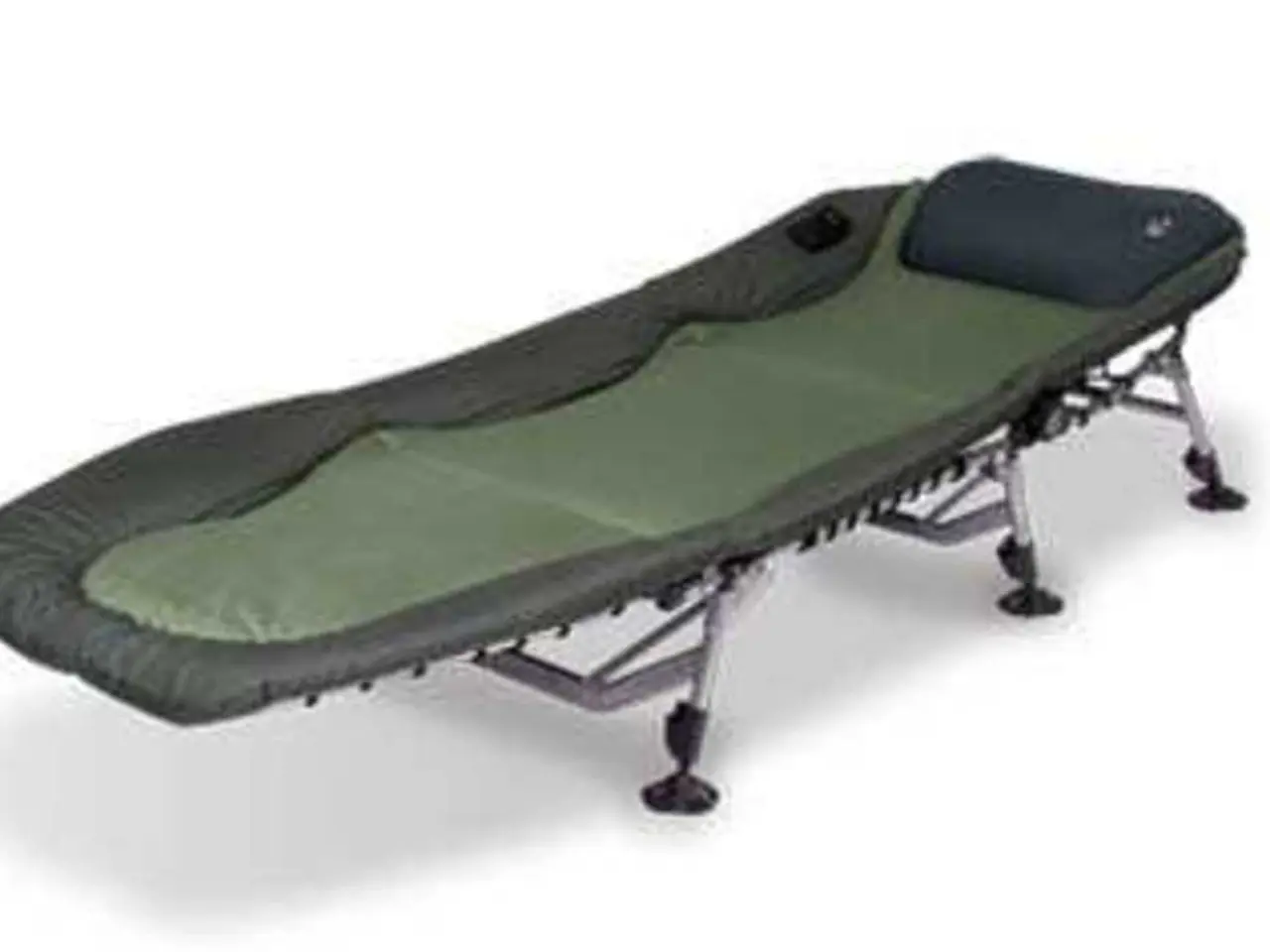Hip Snapping Disorder: Triggers, Signs, Frequently Asked Questions, and Additional Information
Snapping hip syndrome, also known as dancer's hip or coxa saltans, is a common condition that causes a snapping or popping sensation in the hip joint as a person moves. This article provides an overview of the symptoms, causes, and treatments for snapping hip syndrome.
Symptoms and Causes
The most common symptom of snapping hip syndrome is a snapping or popping sound that occurs as the hip joint moves. This noise can be accompanied by pain, discomfort, or a feeling of catching or locking in the hip joint.
Young adults who have recently experienced a growth spurt and females are at a higher risk of developing snapping hip syndrome. The condition can also be caused by repetitive use of the same muscles, such as in sports like soccer, running, gymnastics, and dancing. Trauma to the hip area, an individual's hip area anatomy, an inability to relax muscles or tendons adequately, or unknown reasons can also lead to snapping hip syndrome.
There are two types of snapping hip syndrome: internal and external. Internal snapping hip occurs when the iliopsoas tendon moves over bony projections such as the iliopectineal eminence or the front of the thigh bone. External snapping hip occurs when the iliotibial band moves over the greater trochanter, creating a snapping sound.
Diagnosis and Treatment
Doctors may diagnose snapping hip syndrome following a physical examination and ordering tests like X-rays, MRIs, dynamic ultrasonography, iliopsoas bursography, and magnetic resonance arthrography. The diagnostic tests for snapping hip syndrome will depend on whether the doctor thinks it is the external or internal type.
In most cases, snapping hip syndrome is manageable at home without the need for surgery. Applying ice to the affected area can help in managing symptoms, and experts advise stretching regularly and making changes to how a person moves to prevent a recurrence of snapping hip syndrome.
Doctors may recommend resting and modifying physical activity for managing snapping hip syndrome. Corticosteroid injections may be given if a person has hip bursitis or inflammation around the hip joint. Anti-inflammatory drugs such as aspirin or nonsteroidal anti-inflammatory drugs can be used to help manage the condition.
A physical therapy program can help people manage their symptoms and regain function. With a physical therapy program, it may be possible to regain typical hip function, without snapping, within a few months, but this depends on the individual.
Preventing Recurrence
In addition to rest and ice, specific exercises can help manage symptoms and prevent the recurrence of snapping hip syndrome. Eccentric hip flexor strengthening exercises, such as iliopsoas strengthening, help retrain and relax overactive hip flexors, addressing neuromuscular tension rather than simply stretching tight muscles. Glute sets or gluteal isometric contractions restore muscle function, power, and endurance, contributing to hip stability and improved control. Targeted strengthening of hip adductors and glute muscles improves hip power, endurance, and stability, which are key to symptom management and reducing recurrence risk. Maintaining activity within pain tolerance combined with these strengthening approaches helps manage symptoms without exacerbating them.
Postural therapies and techniques such as Trauma Release Exercise (TRE®) may relieve deep muscle tension contributing to hip discomfort, though their direct role in snapping hip syndrome is less clear.
Experts advise stretching regularly and making changes to how a person moves to prevent a recurrence of snapping hip syndrome. The American Academy of Orthopaedic Surgeons suggests the iliotibial band stretch and piriformis stretch exercises for managing snapping hip syndrome symptoms.
In rare cases, surgery may be necessary for managing snapping hip syndrome. Hip arthroscopy is a common surgical method used to treat snapping hip syndrome, involving a small camera inserted into the hip joint.
In summary, a combination of eccentric hip flexor strengthening, gluteal muscle activation, and adductor strengthening exercises forms an effective strategy to manage symptoms and prevent snapping hip syndrome recurrence by restoring muscle balance and neuromuscular control. With proper care and management, people with snapping hip syndrome can regain typical hip function and reduce their risk of recurrence.
- The feeling of pain, discomfort, or catching in the hip joint is often associated with snapping hip syndrome.
- Females and individuals who have recently experienced a growth spurt are more prone to developing snapping hip syndrome.
- Activities like soccer, running, gymnastics, and dancing can lead to snapping hip syndrome because they involve repetitive use of the same muscles.
- An individual's hip area anatomy, inability to relax muscles or tendons adequately, and unknown reasons can also lead to snapping hip syndrome.
- There are two types of snapping hip syndrome: internal and external, with internal occurring due to the iliopsoas tendon moving over bony projections.
- Doctors may diagnose snapping hip syndrome through physical examination and tests such as X-rays, MRIs, or magnetic resonance arthrography.
- Home treatment for snapping hip syndrome can involve applying ice to the affected area, regular stretching, and modifying physical activity.
- Corticosteroid injections may be used to help manage hip bursitis or inflammation around the hip joint, while anti-inflammatory drugs such as aspirin or nonsteroidal anti-inflammatory drugs can also be beneficial.
- A physical therapy program can help people manage their symptoms, regain function, and reduce the risk of recurrence.
- Surgery may be necessary in rare cases, with hip arthroscopy being a common surgical method used to treat snapping hip syndrome.




